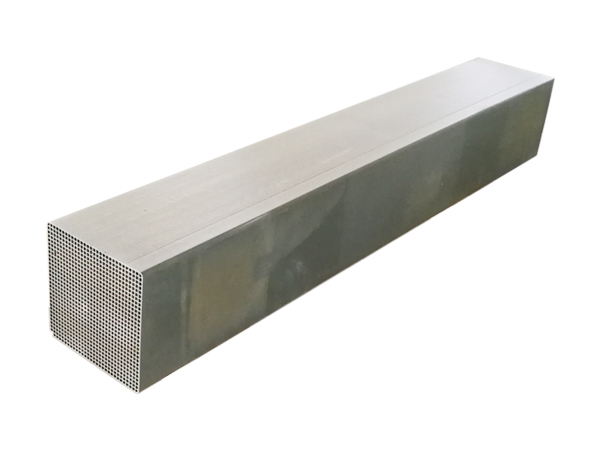Composition of denitrification catalyst
Publishdate:2018-06-27 Views:87
Generally speaking, catalysts used in the market or in daily life are obtained through artificial synthesis, and these catalysts are usually composed of chemical substances. Different catalysts can only catalyze one or two substances and cannot catalyze all substances, which is also closely related to their chemical properties. Denitration catalysts undergo a series of complex chemical reactions during catalysis, which can lead to the desired results. So no matter what type of catalyst is used, it is important to first understand the chemical properties of the catalyst and the substance being catalyzed, in order to effectively exert the catalytic effect. Different catalysts have different catalytic principles, some are selective catalysis while others are comprehensive catalysis. It is recommended to be cautious and careful when selecting according to different needs.

Since it was mentioned above that regardless of the type of catalyst, it is artificially synthesized and has certain chemical properties, so denitrification catalysts are no exception. So what are the main components of this type of catalyst? What is its main function? The current type of catalyst used in the market is mainly composed of titanium dioxide as the basic material and vanadium pentoxide as the active ingredient. These two different chemical substances have strong activity fundamentally, and the chemical properties of the substances used as catalysts are relatively unstable. So when using this catalyst to catalyze substances, it is important to pay attention to the amount of catalyst used and the conditions under which chemical reactions occur. Because the main component contained in nitrate is sulfur dioxide, its function is here.
Generally speaking, catalysts used in the market or in daily life are obtained through artificial synthesis, and these catalysts are usually composed of chemical substances. Different catalysts can only catalyze one or two substances and cannot catalyze all substances, which is also closely related to their chemical properties. Denitration catalysts undergo a series of complex chemical reactions during catalysis, which can lead to the desired results. So no matter what type of catalyst is used, it is important to first understand the chemical properties of the catalyst and the substance being catalyzed, in order to effectively exert the catalytic effect. Different catalysts have different catalytic principles, some are selective catalysis while others are comprehensive catalysis. It is recommended to be cautious and careful when selecting according to different needs.

Since it was mentioned above that regardless of the type of catalyst, it is artificially synthesized and has certain chemical properties, so denitrification catalysts are no exception. So what are the main components of this type of catalyst? What is its main function? The current type of catalyst used in the market is mainly composed of titanium dioxide as the basic material and vanadium pentoxide as the active ingredient. These two different chemical substances have strong activity fundamentally, and the chemical properties of the substances used as catalysts are relatively unstable. So when using this catalyst to catalyze substances, it is important to pay attention to the amount of catalyst used and the conditions under which chemical reactions occur. Because the main component contained in nitrate is sulfur dioxide, its function is here.




